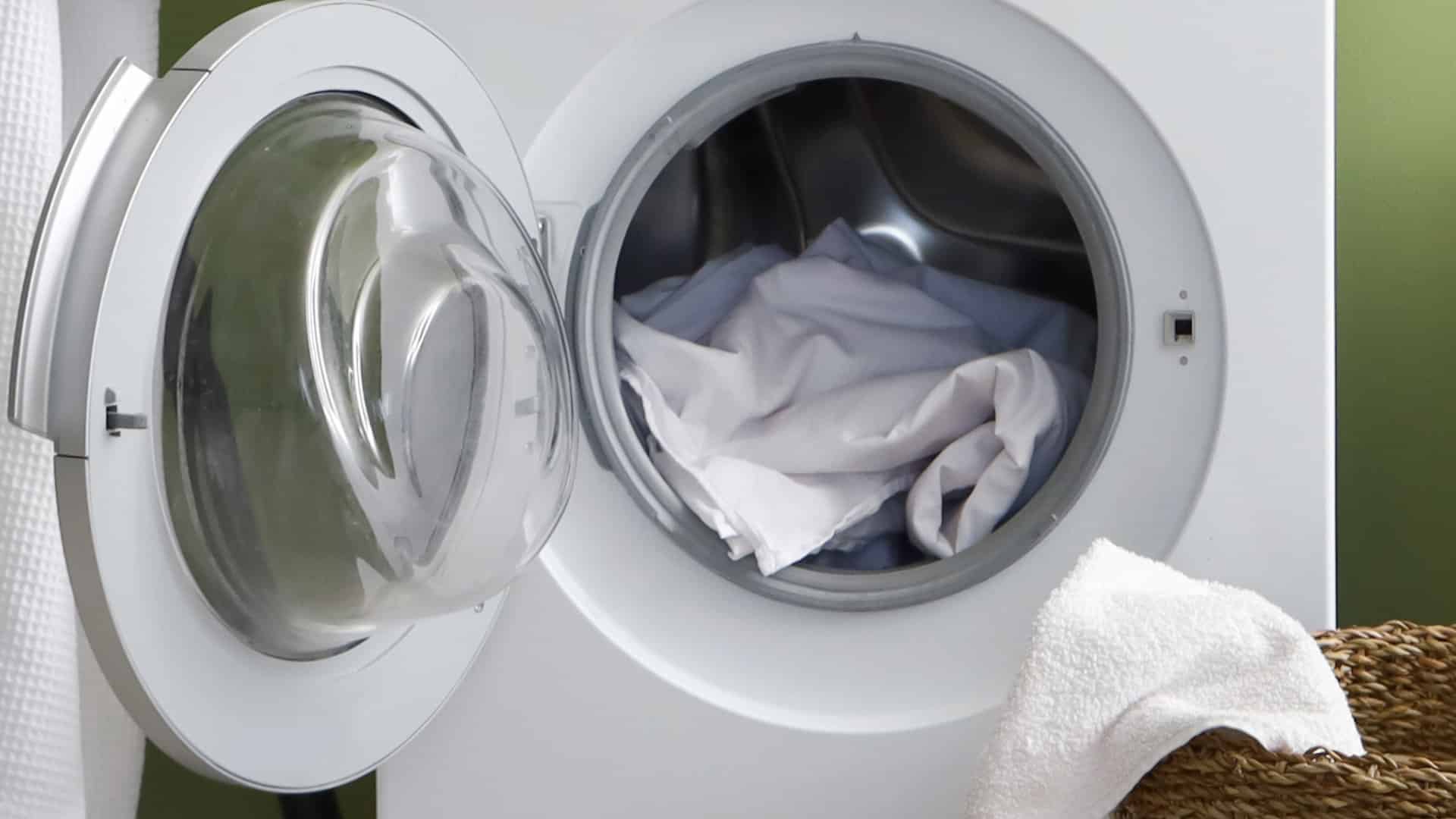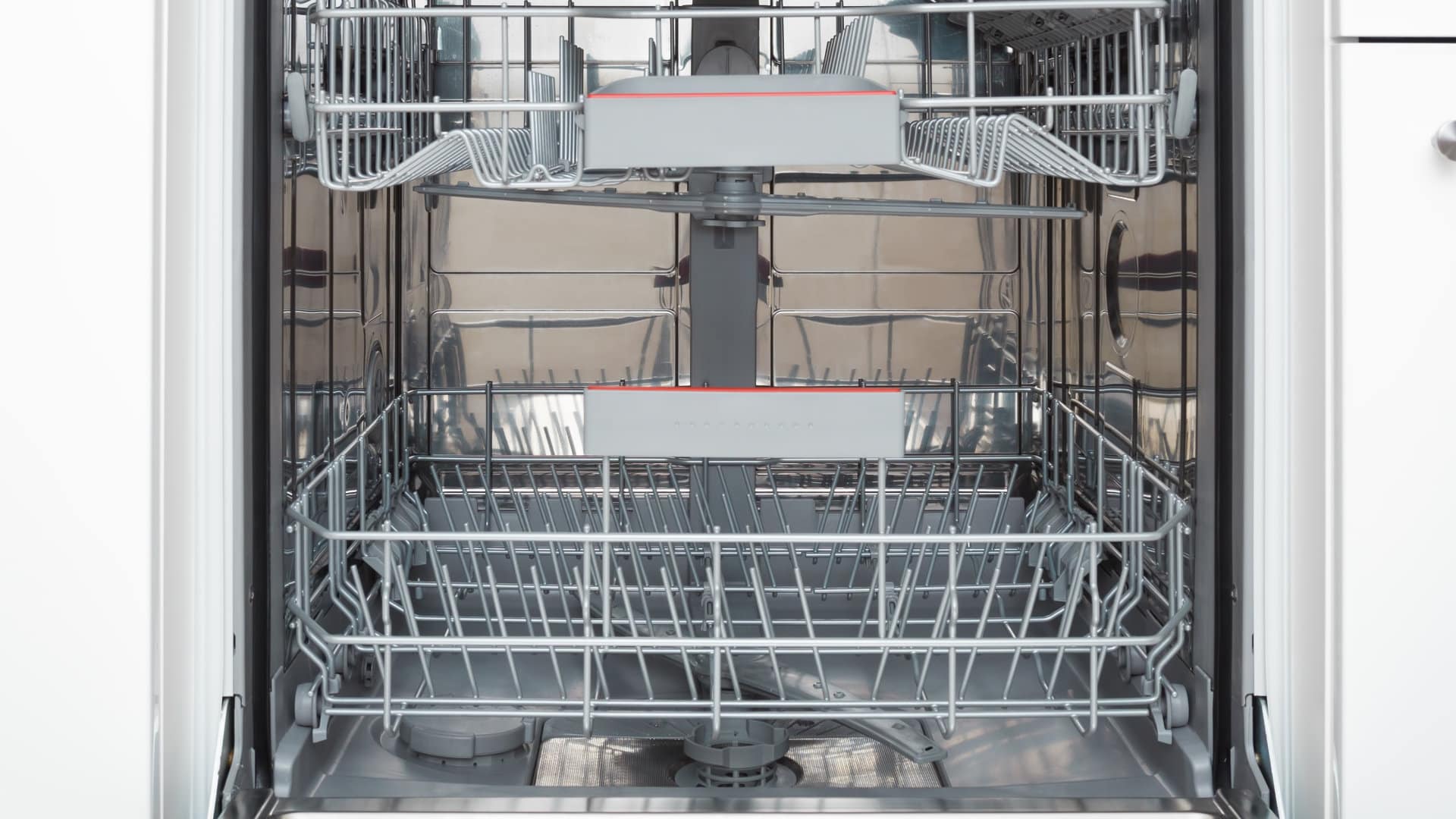
The ideal operating temperature of a dryer is a critical aspect of efficient and safe laundry care. Understanding how hot a dryer should get is essential for ensuring that your clothes are dried effectively without risking damage or overheating. This guide delves into the factors influencing dryer temperatures, providing insights into the safe and optimal heat levels required for different fabrics and laundry needs.
What determines the dryer temperature?
The temperature at which your dryer operates is influenced by various factors, including its specific make and model and the chosen drying setting. Dryers utilize heat to transform the water within your clothes into vapor, expediting the drying process. On average, most dryers can reach temperatures ranging from 125 to 160 degrees Fahrenheit.
Most dryer user manuals and laundry items will tell you the correct heating cycle for each fabric type. These settings directly correspond to the temperature range your dryer will reach during its operation, and they serve to safeguard delicate fabrics from potential damage.
While the terminology for temperature settings can differ between manufacturers, most commonly include options like “delicate,” “permanent press,” and “normal.” The tags on your clothing typically suggest which setting suits their care or may recommend dry cleaning when necessary.
By adhering to the recommended settings and taking note of your clothing labels, you can ensure that your dryer operates at the ideal temperature to preserve your garments while efficiently completing the drying process.
What is the dryer temperature for each cycle type?
The temperature reached by a dryer during different cycle types can vary based on several factors, including the dryer’s make and model, the selected settings, and the specific features of the dryer. Here are some general guidelines for typical dryer cycle temperatures:
- High heat setting. On the high heat setting, a dryer can reach temperatures between 135°F and 160°F (57°C to 71°C). This setting is commonly used for cotton and other heavy fabrics that require thorough drying.
- The medium heat setting. The medium heat setting usually falls in the range of 115°F to 135°F (46°C to 57°C). It’s suitable for drying synthetic fabrics and garments that may be sensitive to high heat.
- The low heat setting. The low heat setting typically maintains temperatures around 95°F to 110°F (35°C to 43°C). This setting is gentle and suitable for delicate fabrics, such as lingerie or items with embellishments.
What do I do if my dryer is too hot?
When your dryer begins to exhibit signs of overheating, prompt action is vital to prevent potential damage to both the appliance and your clothes. Elevated temperatures can wreak havoc on various dryer components, making identifying and addressing the underlying issues imperative. Here, we explore some common culprits that may cause your dryer to run too hot.
Check for airflow obstructions
Poor airflow is a common culprit for a dryer overheating. It’s crucial for drying efficiency and preventing heat buildup to regularly clean the lint filter and vent system. Check the lint trap after every cycle to ensure it’s free from lint buildup. Additionally, inspect the dryer vent for obstructions a few times a year, as lint accumulation can hinder airflow. Use a vacuum to clear lint from both the vent and the vent duct to maintain proper ventilation and prevent overheating.
Check the safety thermostat
The safety thermostat, or high-limit thermostat, acts as a crucial safeguard against overheating. When it detects excessive heat, it shuts off the heating source. A single trip may render it inoperative, requiring replacement. Be sure to investigate the root cause of the overheating, such as blocked airflow or other component malfunctions, to prevent future issues.
Check the blower wheel
Proper airflow is essential to prevent overheating, and the blower wheel facilitates this airflow. A broken blower wheel can disrupt the circulation of air within your dryer. Inspect the blower wheel by accessing the motor area through the top and front panels. Check for damage or obstructions that may hinder its rotation. Replace the blower wheel if damaged.
Check the heating element
Electric dryers rely on heating elements, while gas dryers use burner assemblies to generate heat. If they malfunction, they can produce much more heat than they should. This can cause a serious fire hazard. To check the heating element, consult your owner’s manual for guidance on where it is located. Once located, it will need to be tested with a multimeter and, if defective, replaced. If you don’t have a multimeter, you will need to get a technician to come and inspect your dryer.
Check the cycling thermostat
The cycling thermostat regulates the dryer’s temperature, ensuring it remains within safe limits. A malfunctioning cycling thermostat can result in unchecked temperature levels. To test it, access the thermostat near the dryer’s blower casing by opening the top and front panels (and possibly the back panel). Once located, it will need to be tested with a multimeter and, if defective, replaced. If you don’t have a multimeter or if you still haven’t found the cause of your oven overheating, you will need to get a technician to come and inspect your dryer.
What do I do if my dryer isn’t hot enough?
When discussing dryer temperatures, the focus often centers on overheating concerns, but it’s equally crucial to consider scenarios where your dryer isn’t reaching the desired heat levels. If your dryer falls short in terms of temperature, it can lead to ineffective performance. Here are some potential culprits to examine when your dryer isn’t generating sufficient heat:
Check the thermostat
Much like a malfunctioning cycling thermostat can cause overheating, it can also hinder your dryer from achieving the necessary heat for efficient operation. An inaccurately reading thermostat may mistakenly register higher temperatures than it should. Attempt to troubleshoot the issue by inspecting the thermostat unit’s wiring. Replacing the thermostat may be necessary if that doesn’t resolve the problem.
Check the heating element or burner
A damaged heating element or burner may struggle to warm the air adequately. Inspect your dryer’s heating source, checking for debris accumulation or cracks. Electrical heating elements, in particular, can be sensitive to foreign objects in their vicinity. You will need to test the element for continuity if you have a multimeter. If defective, replace it. You must call a technician if you don’t have a multimeter.
Check the high-limit thermostat
A malfunctioning high-limit thermostat can result in insufficient heating and even overheating. If it provides an incorrect temperature reading, it might trigger the high-limit thermostat prematurely, indicating the need for replacement. The thermostat will need to be located and tested for continuity. If defective, replace the thermostat. If you don’t have a multimeter or if you still haven’t identified the cause of the heating problem, you will need to get a technician to come and inspect your dryer.

Whirlpool Washer Error Codes Explained

How to Wash a Hat in the Dishwasher (In 5 Steps)

How to Fix the nF Error Code on a Samsung Washer

Kenmore Elite Dryer Issues: How To Troubleshoot

Microwave vs. Oven: Pros and Cons and How They Differ

Self-Cleaning Oven Smell: Causes & Odor Reduction Tips

Frigidaire Ice Maker Not Working? 7 Ways to Fix It

Why Is Your LG Refrigerator Not Cooling? (9 Common Reasons)

GE Oven F2 Error: Causes & Solutions






